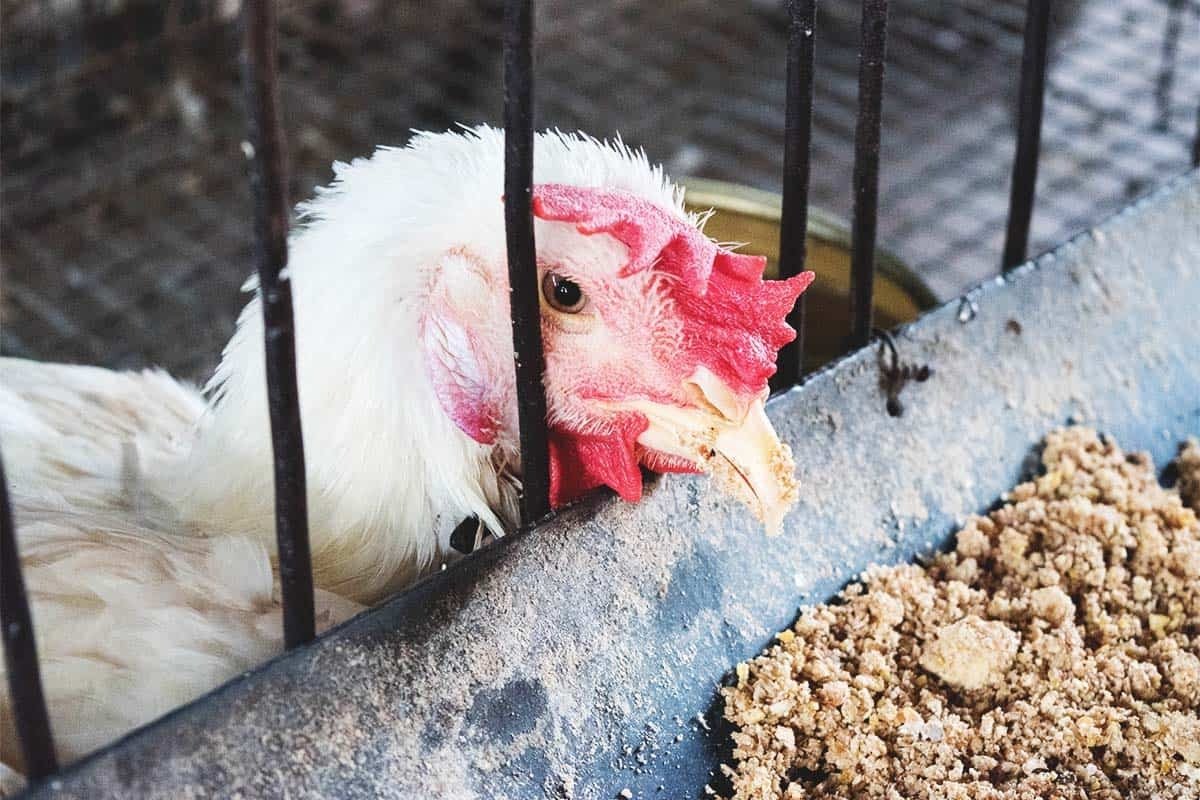Coccidiosis is a widespread and potentially devastating disease in poultry, caused by protozoan parasites of the genus Eimeria. These parasites infect the intestinal tract of birds, leading to a range of symptoms that can significantly impact the health and productivity of a flock. Early identification and prompt treatment of coccidiosis are crucial to minimizing its effects and preventing severe outbreaks.
Identifying the Symptoms of Coccidiosis
Coccidiosis can present with a variety of symptoms, depending on the severity of the infection and the specific Eimeriaspecies involved. Coccidiosis in poultry symptoms:
- Diarrhea: One of the hallmark symptoms of coccidiosis is diarrhea, which may be watery, bloody, or contain mucus. Blood in the feces is particularly indicative of Eimeria tenella infection, which primarily affects the cecum.
- Lethargy and Weakness: Infected birds often appear listless and weak, spending more time sitting or lying down. They may exhibit reduced activity levels and reluctance to move, which can be one of the earliest signs of illness.
- Reduced Feed and Water Intake: Birds suffering from coccidiosis typically show a decrease in appetite and water consumption. This reduction in intake can lead to further weakness, dehydration, and weight loss, exacerbating the severity of the disease.
- Ruffled Feathers: Birds with coccidiosis may have ruffled or fluffed-up feathers as they try to conserve body heat and cope with the discomfort caused by the infection.
- Weight Loss and Poor Growth: Coccidiosis can lead to significant weight loss and poor growth rates, especially in young birds. The disease interferes with nutrient absorption, leading to stunted development and a general decline in condition.
- Pale Comb and Wattles: The comb and wattles of infected birds may become pale due to anemia, a result of the damage to the intestines and subsequent blood loss.
- Mortality: In severe cases, coccidiosis can cause high mortality rates, particularly if left untreated. Young birds and those with compromised immune systems are at the highest risk.
Treating Coccidiosis in Poultry
Once coccidiosis is suspected or diagnosed, prompt treatment is essential to reduce the impact of the disease on the flock. The following steps outline effective treatment strategies:
- Administer Anticoccidial Drugs: The primary treatment for coccidiosis involves the use of anticoccidial medications, which are typically added to the birds’ drinking water or feed. Common drugs include amprolium, sulfaquinoxaline, and toltrazuril, which work by disrupting the life cycle of the Eimeria It is important to follow the recommended dosage and treatment duration to ensure the effectiveness of the medication and prevent the development of drug resistance.
- Provide Supportive Care: In addition to medication, supportive care is crucial for helping infected birds recover. Ensure that birds have easy access to clean, fresh water and nutrient-rich feed to combat dehydration and malnutrition. Electrolyte solutions can be added to the water to help maintain fluid balance and support recovery.
- Isolate Infected Birds: To prevent the spread of coccidiosis, isolate infected birds from the rest of the flock as soon as symptoms are identified. This reduces the risk of further contamination and allows for more targeted treatment and care.
- Clean and Disinfect the Environment: Thorough cleaning and disinfection of the poultry house and equipment are essential to eliminate Eimeria oocysts from the environment. Replace soiled litter, clean feeding and watering systems, and disinfect surfaces to prevent reinfection and protect the remaining flock members.
- Monitor the Flock: After treatment, closely monitor the flock for any signs of recurrence or ongoing illness. Regular health checks and fecal testing can help ensure that the coccidiosis is fully under control and that the flock is recovering well.
- Consider Long-Term Prevention: To prevent future outbreaks, consider implementing a coccidiosis prevention program that includes the use of coccidiostats in feed, vaccination, and ongoing biosecurity measures. Maintaining a clean, dry environment and minimizing stress in the flock are also key to reducing the risk of coccidiosis.
Coccidiosis is a serious disease that can have devastating effects on poultry if not promptly identified and treated. Recognizing the symptoms early and taking swift action with appropriate treatments are critical to minimizing the impact of the disease and protecting the health and productivity of the flock. By combining effective treatment with preventive measures, poultry farmers can manage the risk of coccidiosis and maintain a healthy, thriving flock.







